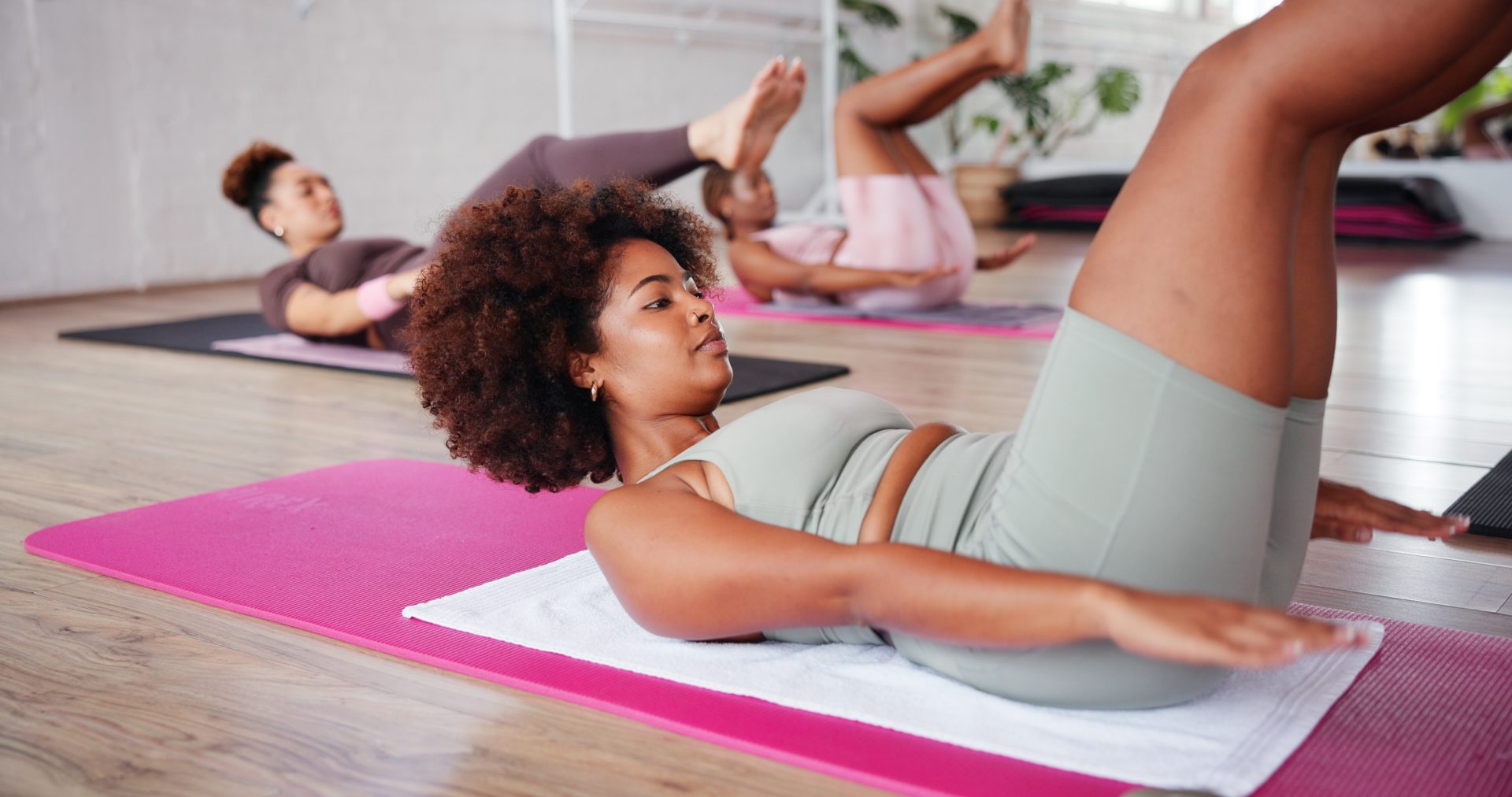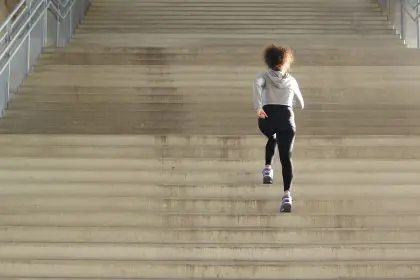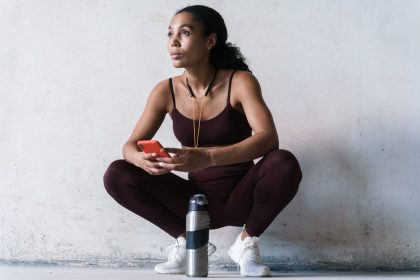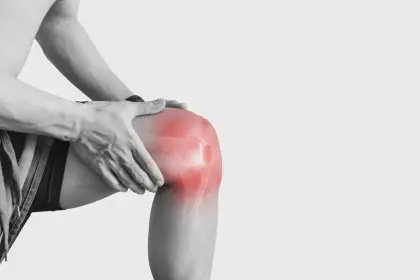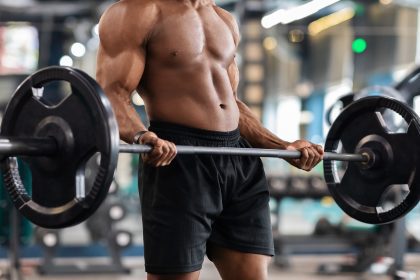Pilates has evolved from a rehabilitation method into one of the most celebrated fitness practices worldwide, attracting everyone from busy professionals to elite athletes. This low-impact exercise system focuses on controlled movements, proper breathing, and mind-body connection to create remarkable changes in physical and mental well-being. Understanding the specific benefits of Pilates helps explain why this century-old practice continues gaining popularity in modern fitness culture.
The beauty of Pilates lies in its accessibility and adaptability. Unlike high-intensity workouts that can intimidate beginners or stress already-tired bodies, Pilates welcomes participants of all fitness levels while delivering impressive results. The practice emphasizes quality over quantity, making every movement count toward building a stronger, more balanced body.
What sets Pilates apart from other exercise forms is its comprehensive approach to fitness. Rather than targeting isolated muscle groups, Pilates integrates the entire body in each movement, creating functional strength that translates directly to daily activities. This holistic method produces benefits that extend far beyond the studio, improving how people move, feel, and function throughout their lives.
1. Core strength reaches new levels
The foundation of every Pilates movement begins with core engagement, creating unprecedented strength in the deep abdominal muscles that support the entire body. Traditional crunches and sit-ups only work surface muscles, while Pilates targets the powerhouse muscles that stabilize the spine and pelvis. This deeper level of core conditioning creates lasting strength that supports better posture and reduces back pain.
The Pilates approach to core work emphasizes endurance and control rather than explosive power. Students learn to maintain core activation throughout entire sequences, building the kind of sustained strength needed for daily activities like lifting children, carrying groceries, or sitting at desks for extended periods. This functional core strength prevents the muscle fatigue that leads to poor posture and compensatory movement patterns.
Regular Pilates practice develops what practitioners call “centering,” where all movement originates from a strong, stable core. This concept transforms how people approach physical activities outside the studio, creating more efficient movement patterns that reduce injury risk and improve performance in sports and recreational activities.
2. Flexibility increases without forcing
Pilates creates remarkable flexibility improvements through controlled stretching combined with strengthening, avoiding the forced stretching that can lead to injury. The method emphasizes lengthening muscles while they’re engaged, creating both strength and flexibility simultaneously. This approach produces lasting flexibility gains that don’t compromise joint stability.
The flowing nature of Pilates movements naturally increases range of motion as muscles learn to work through their full length. Unlike static stretching that can leave muscles vulnerable, Pilates develops active flexibility where muscles remain strong throughout their extended range. This type of flexibility proves more functional and less prone to injury during daily activities.
Many people discover improved flexibility in areas they never specifically targeted, as Pilates addresses whole-body movement patterns rather than isolated stretches. Hip flexors lengthen as students learn proper pelvic alignment, shoulders release tension through upper body integration exercises, and spinal mobility improves through gentle articulation movements performed throughout each session.
3. Posture transforms dramatically
Modern life creates postural problems through prolonged sitting, forward head positions from computer work, and repetitive movement patterns that create muscle imbalances. Pilates directly addresses these issues by strengthening weak muscles and stretching tight ones to restore proper alignment. The results often surprise students who notice posture improvements within weeks of starting practice.
The Pilates emphasis on spine awareness teaches people to recognize and correct poor postural habits throughout the day. Students develop the strength and awareness needed to maintain good alignment even during challenging activities. This postural re-education extends beyond exercise sessions, creating lasting changes in how people carry themselves.
Improved posture from Pilates practice affects appearance, confidence, and physical comfort. Standing taller and moving with better alignment creates a more confident presence while reducing the neck, shoulder, and back pain associated with poor posture. Many students report feeling more energetic as better alignment reduces the effort required for basic movements.
4. Mind-body connection deepens significantly
Pilates requires focused attention on movement quality, breathing patterns, and body position, creating a meditative quality that calms the nervous system while strengthening the body. This mindful approach to exercise provides stress relief and mental clarity that extends well beyond workout sessions. The concentration required during Pilates practice develops better body awareness and movement control.
The breathing techniques integral to Pilates practice activate the parasympathetic nervous system, promoting relaxation and stress reduction. Students learn to coordinate breath with movement, creating a rhythm that enhances both physical performance and mental calm. This breathing awareness often transfers to daily life, providing a valuable stress management tool.
Regular Pilates practice develops proprioception, the body’s ability to sense its position in space. This improved body awareness enhances coordination and reduces injury risk during other activities. Students often report feeling more graceful and coordinated in their daily movements after developing this enhanced mind-body connection.
5. Muscle balance corrects naturally
Most people develop muscle imbalances from repetitive daily activities, sports specialization, or previous injuries that create compensation patterns. Pilates systematically addresses these imbalances by working muscles in functional combinations rather than isolation. This approach restores proper muscle relationships and movement patterns.
The bilateral nature of most Pilates exercises ensures both sides of the body receive equal attention, preventing or correcting left-right imbalances common in daily life. Students discover weak areas they weren’t aware of and develop strength in neglected muscle groups. This balanced approach creates more symmetrical movement patterns and reduces overuse injuries.
Pilates emphasizes stabilizing muscles that are often weak in traditional fitness programs. These deep muscles provide joint support and movement control that prevents injury and improves performance in other activities. As stabilizing muscles strengthen, larger muscles can work more efficiently without compensation patterns.
6. Energy levels increase sustainably
Unlike high-intensity workouts that can leave people exhausted, Pilates energizes participants through improved circulation, better breathing, and enhanced body awareness. The low-impact nature allows for regular practice without excessive fatigue, creating sustainable energy improvements over time. Students often report feeling more alert and energetic after sessions.
The breathing techniques used in Pilates increase oxygen delivery throughout the body while improving circulation. This enhanced oxygenation creates natural energy without the crash associated with stimulants. The rhythmic breathing patterns also promote better sleep quality, contributing to overall energy levels.
Improved posture and movement efficiency from Pilates practice reduces the energy expenditure required for daily activities. When the body moves in proper alignment with balanced muscle activation, less effort is needed for basic tasks like walking, climbing stairs, or maintaining standing positions. This improved efficiency creates more available energy for other activities.
7. Joint health improves remarkably
Pilates movements promote joint health through controlled range of motion exercises that maintain mobility without excessive stress. The low-impact nature protects joints while promoting circulation and synovial fluid production that keeps joints lubricated and healthy. This approach makes Pilates suitable for people with joint concerns or arthritis.
The emphasis on proper alignment during movement reduces wear and tear on joints by distributing forces evenly rather than creating pressure points. Students learn to move from their center, reducing the stress placed on peripheral joints like knees, ankles, and wrists. This alignment awareness protects joints during other activities as well.
Strengthening the muscles around joints provides better support and stability, reducing the load placed directly on joint structures. Strong, balanced muscles act as shock absorbers and movement controllers, preventing the sudden forces that can damage joints. This muscular support system becomes particularly important as people age and natural joint degeneration occurs.
Long-term benefits compound over time
The benefits of Pilates practice compound over time, with long-term practitioners often experiencing improvements that continue for years. The movement patterns learned in Pilates become integrated into daily life, creating lasting changes in how people move and feel. This makes Pilates an investment in long-term health and mobility.
Many students find that Pilates practice enhances their performance in other activities, from sports to dance to simple daily tasks. The improved body awareness, core strength, and movement efficiency transfer to virtually every physical activity. This cross-training effect makes Pilates valuable for athletes and recreational fitness enthusiasts alike.
The stress-relief and mindfulness aspects of Pilates provide mental health benefits that support overall well-being. Regular practitioners often report better mood regulation, improved sleep, and enhanced ability to manage daily stress. These psychological benefits complement the physical improvements to create comprehensive wellness enhancement.
Accessibility makes benefits available to everyone
Pilates modifications make the practice accessible to people with various physical limitations, injuries, or fitness levels. Instructors can adapt exercises to accommodate specific needs while still providing challenge and benefit. This adaptability means almost anyone can experience Pilates benefits regardless of their starting point.
The equipment used in some Pilates classes provides assistance and resistance that can be adjusted to individual needs. Springs and pulleys can make movements easier for beginners or more challenging for advanced students. This versatility allows for progression over time while maintaining appropriate difficulty levels.
Mat Pilates requires no special equipment, making the practice accessible anywhere. Students can maintain their practice while traveling or when unable to attend studio classes. This accessibility helps create consistent practice habits that maximize benefit accumulation over time.
The seven benefits of Pilates create a comprehensive fitness approach that addresses multiple aspects of health and wellness simultaneously. From core strength to stress relief, these benefits work together to improve quality of life in measurable ways. The gentle yet effective nature of Pilates makes these benefits accessible to people of all ages and fitness levels, explaining why this practice continues growing in popularity. Regular Pilates practice offers a sustainable path to better health that enhances both physical capability and mental well-being for years to come.

